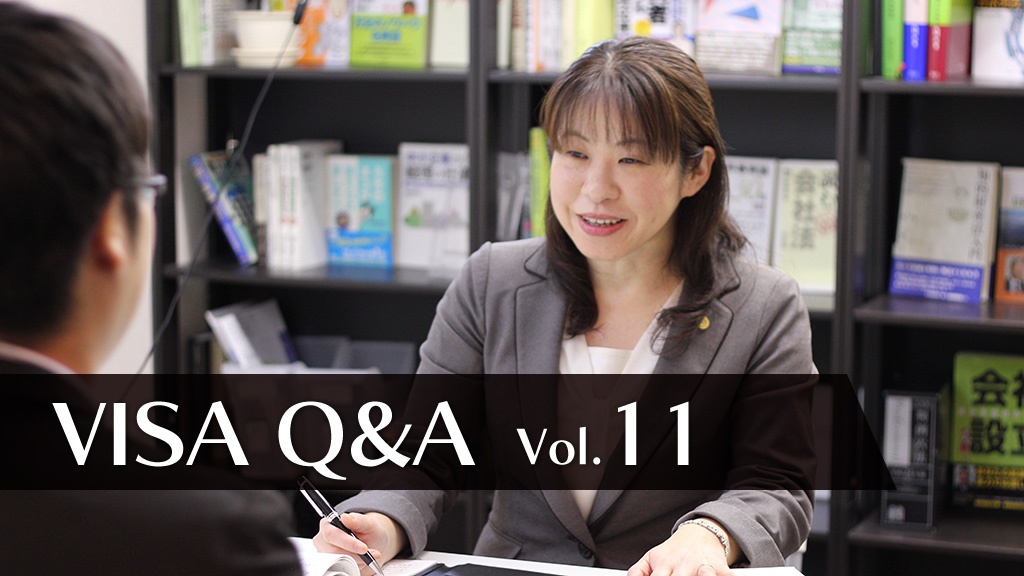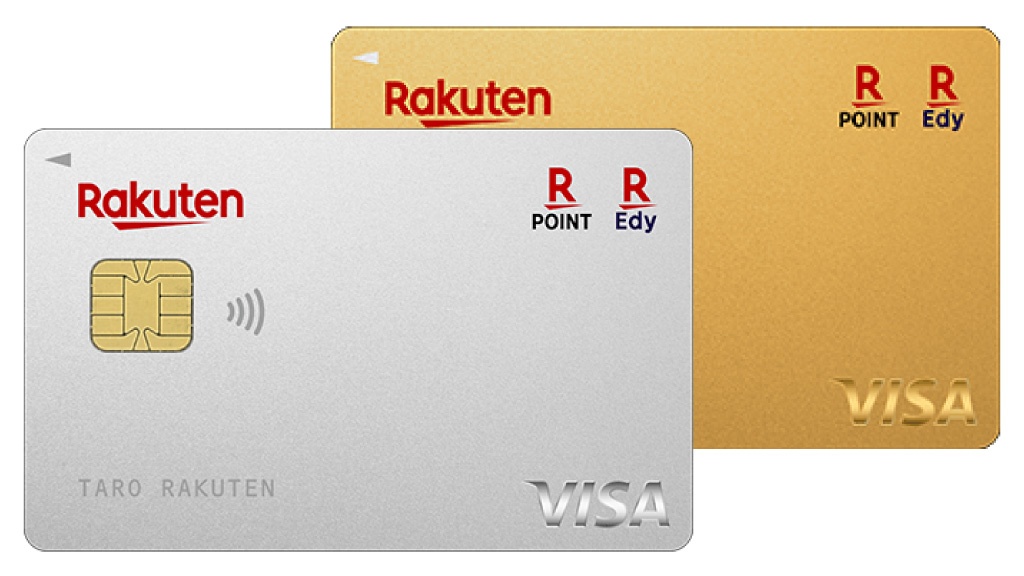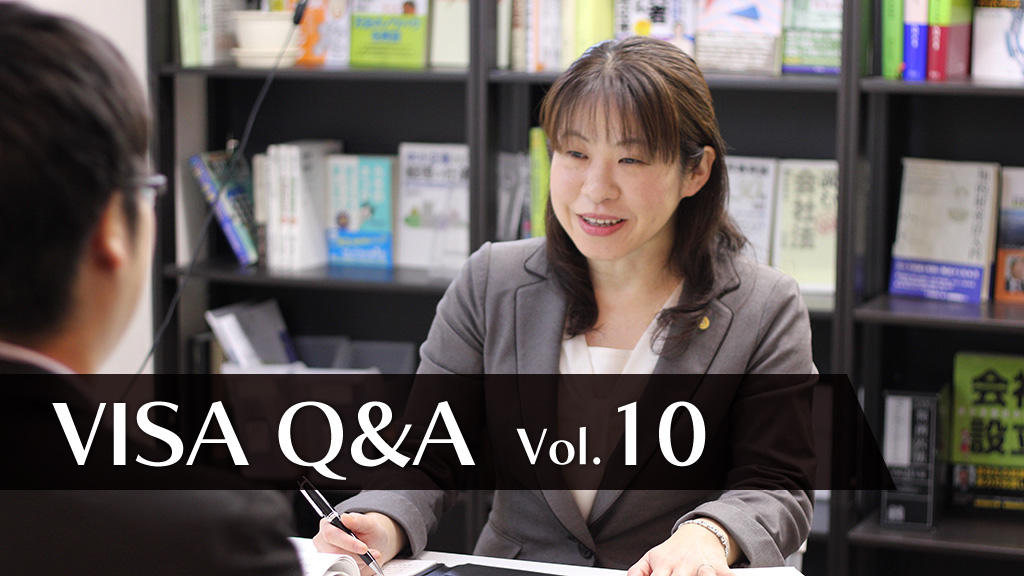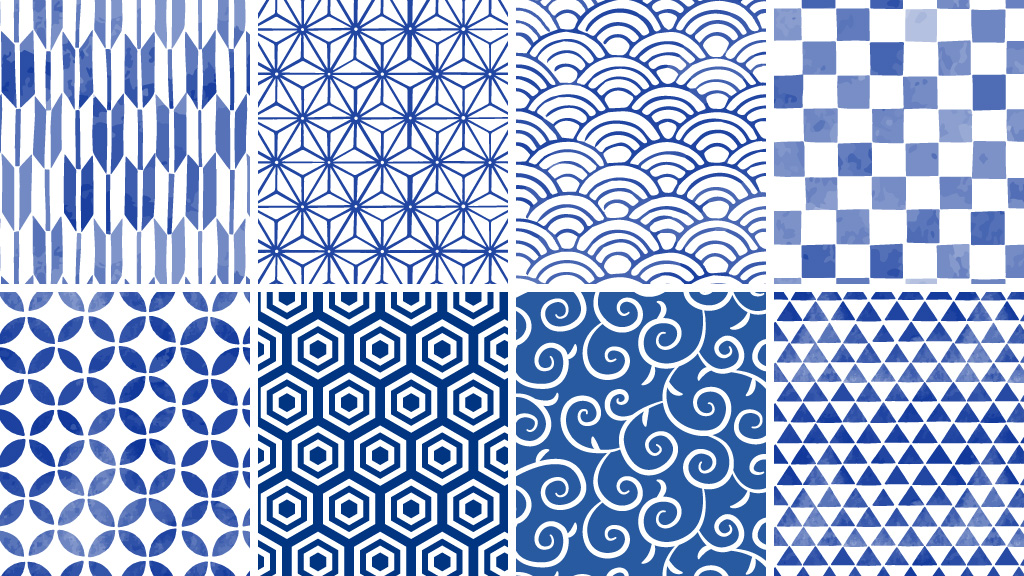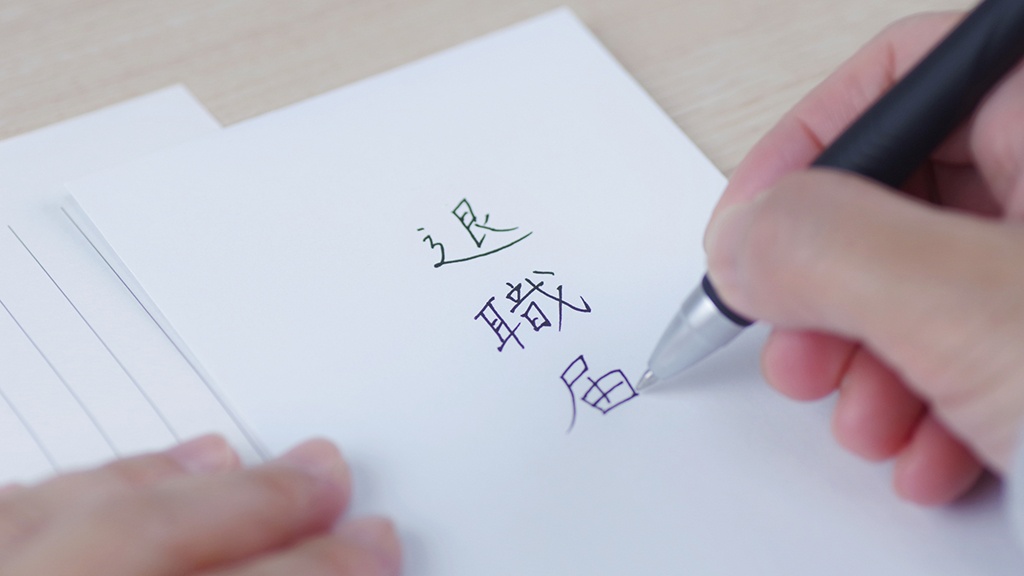What is koden? How to wrap and how to buy the koden bag[with images]
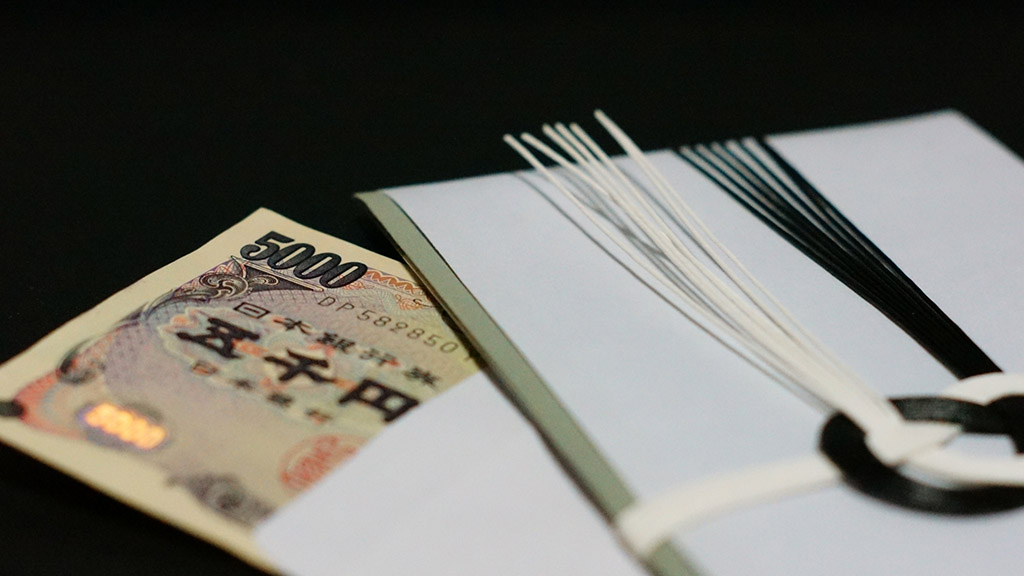
This post is also available in 日本語
We discussed the attire when attending a funeral previously. This time we talk about ‘kouden’, the gift money for a funeral.
Contents
What is ‘kouden’?
‘Kouden’ is a monetary gift to offer to the deceased and the survivors in place for incense or flower. This is to mourn the deceased and at the same time to show your sympathy to the survivors by supporting a part of the funeral expenses in the needy time. When you attend a wake, a funeral or a farewell service, you need to bring some money in a special envelope called ‘bushuugibukuro’. If you cannot attend any of them, you must send the money in the ‘bushuugibukuro’ via a registered mail.
However, when the ‘fuhou’ notice says no ‘koden’ accepted, you don’t have to prepare ‘koden.’



How you decide the amount
There is no set amount of ‘koden.’ It depends on the relationship you had with the deceased, your age and the local custom. If you know someone who is attending the funeral, you may want to consult with the person.
When you are representing your company, consult with you boss as to the amount. If you don’t have too close a relationship, a representative can bring ‘koden’ with all names concerned written on the envelope.
A guideline of ‘koden’ amount
In general, the rule of thumb is: when the deceased is a parent it will be 50,000-100,000yen, for a sibling 30,000-50,000yen, for a grand parent 10,000-50,000yen, for other relative 5,000-10,000yen and for a friend, an acquaintance and a colleague 3,000-5,000yen.
You have to avoid these amounts such as 4,000yen or 40,000yen and 9,000yen or 90,000yen because when these numbers are pronounced in Japanese, these sounds suggest a death or a hardship.
Prepare bank notes, but no new bills
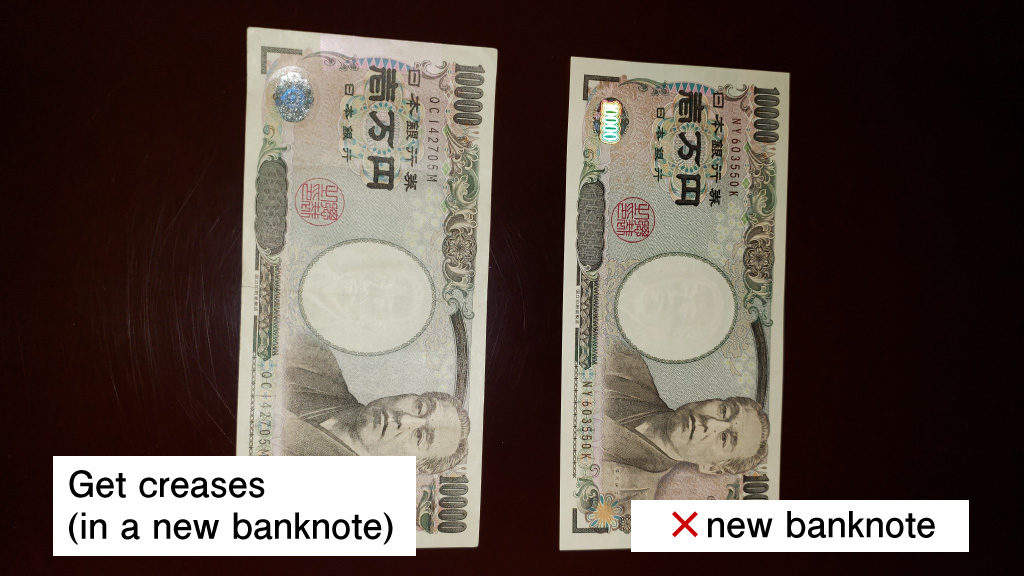
We prepare new bank notes for a congratulatory gift, but for ‘kouden’, it is rather to be avoided to use new notes. This is based on the belief that, as new bills have to be prepared in advance, if you have them ready, it might mean that you have predicted the death.
If you only have new bills, you want to fold them horizontally or vertically to mark some crease. However, it would be a bad manner to use broken, dirty or crumpled.
Purchasing the ‘bushuugi’ envelope
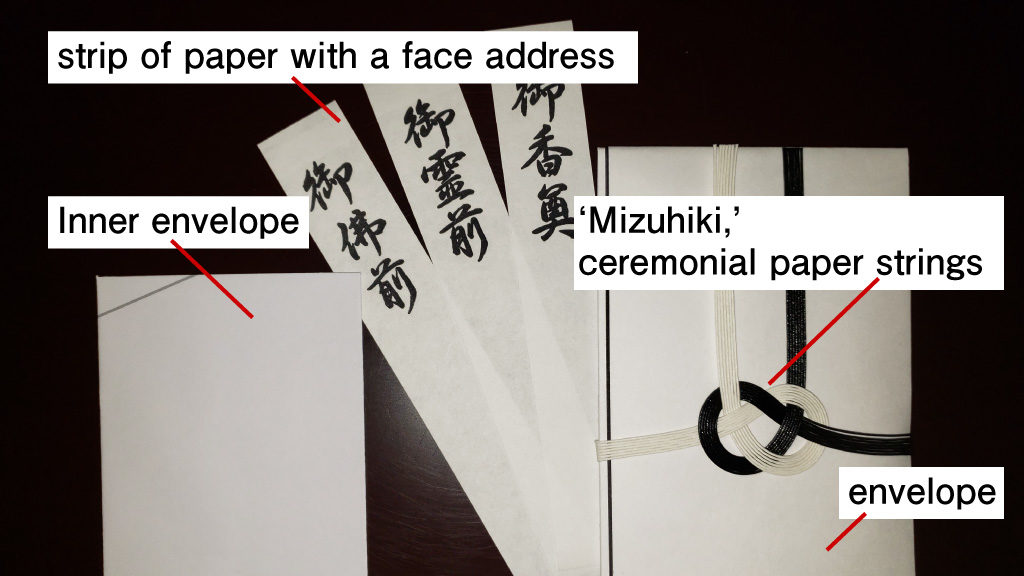
You can buy this special type of envelope for funeral use at a stationary store and convenient stores. It is also called ‘koudenbukuro,’ a bag to place ‘kouden’ in.
Confirm the religious denomination
The ‘fuhou’ notice will tell you under what style the funeral is conducted. You need to follow this to prepare the ‘koden’ amount and appropriate envelope. The word on the face side of the envelope has to be written in ink, but if you are not comfortable to write, you can use a pre-printed envelope or a strip of paper.
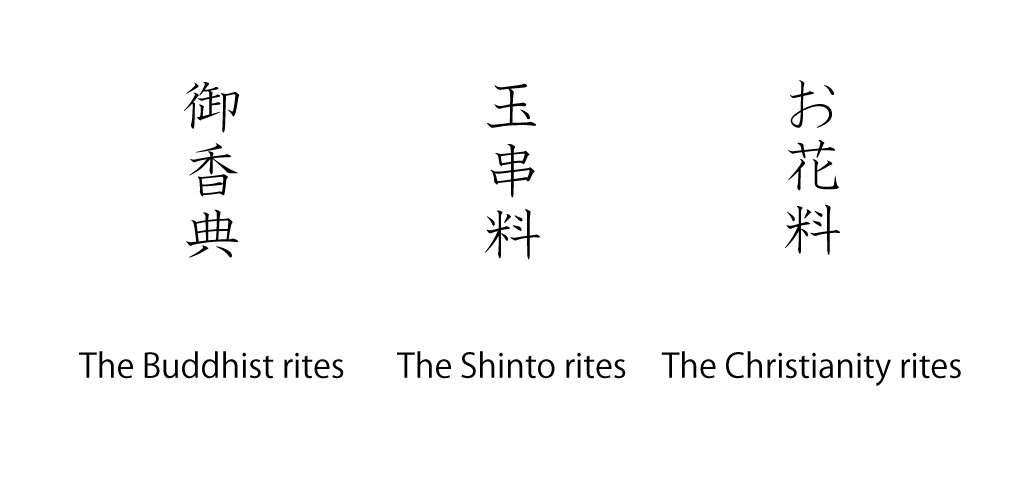
- The Buddhist rites
The envelope : white plain or with arranged lotus flower.
The ceremonial paper string(‘mizuhiki’) : black and white one or silver in a square knot.
The cover address on the front of envelope : ‘Okouden’ (condolence money), ‘Goreizen’ (offering money on the altar) is acceptable except in Jyoudoshinshu rites. - The Shinto rites
The envelope : white plain
‘Mizuhiki’ : black and white, or silver or white square knot.
The cover address on the front of envelope : ‘Tamagushi-ryo’ (money offering to Shinto god) or ‘Goshinnzen’ (money presented in front of Shinto god). - The Christianity rites
The envelope: white plain or a cross and/or lily arranged.
‘Mizuhiki’ : n/a
The cover address on the front of envelope : ‘Ohanaryo’, (money for flower)
Inner envelope
‘Bushuugi-bukuro’ comes with or without inner envelope. r Either will do but better to use one with an inner envelope for a larger amount. However, in some region, an inner envelope is not deliberately used because this might suggest a double misfortune. You need to make certain of the local practice.
Taking a photo picture before opening the condolence envelope
It will be a good idea to take a picture of the envelope before opening it as you need to restore the envelope in the original form after you place money in it.
Writing your name on the front of ‘bushuugi-bukuro’
Firstly, you need to get a writing brush. The pencil type writing brush will be easier to use. There are dark black ink and light black ink. You may use dark black ink, but the light black on carries the senses of “the black ink has become lighter by tears,” and “we rushed here so quickly that there was no time to prepare dark black ink.” Therefore, if possible, use lighter black ink. When the cover address is already printed, dark black is acceptable.
The outer envelope
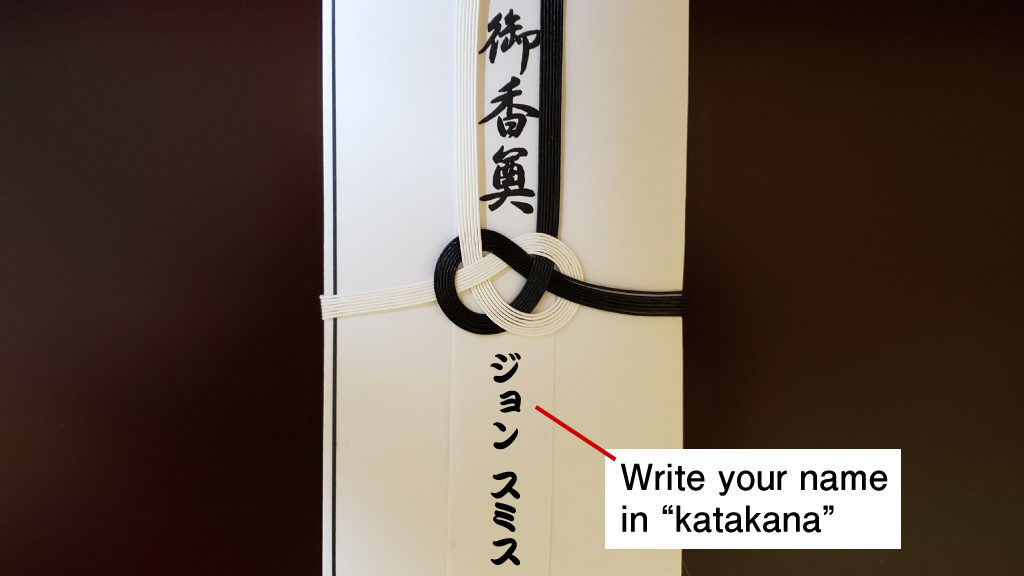
You need to write a proper cover address in the upper middle of the envelope or place a printed pare strip instead. Then, your full name is written below ‘mizuhiki’ vertically, not in alphabets but in katakana’ letters.
The Inner envelope
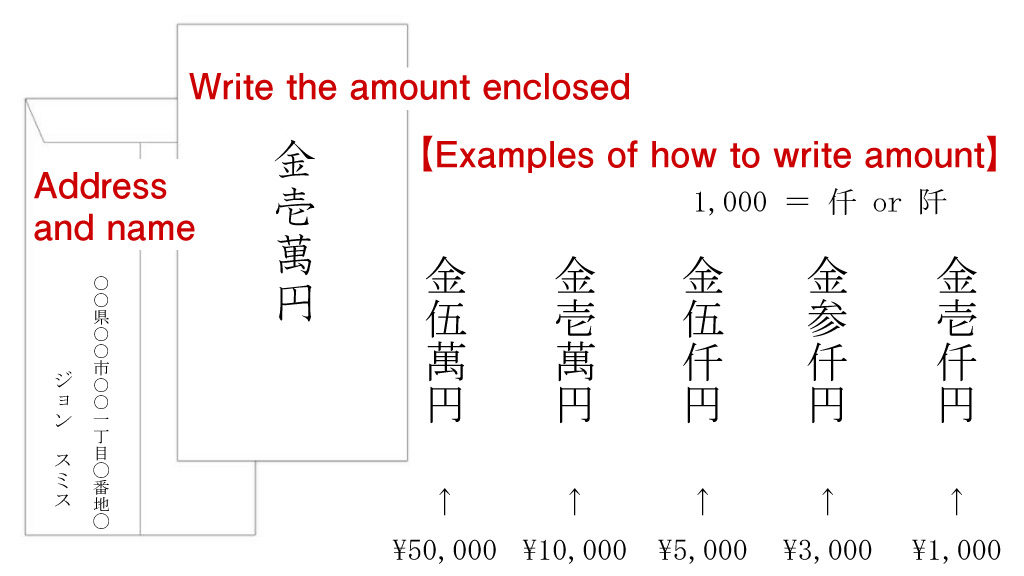
When there is an inner envelope , you write the amount on the face in special kanji numerals and on the back, write your address and name.
When there is no inner envelope, you need to write your address and amount on the back of the envelope, vertically.

Putting money in the envelope
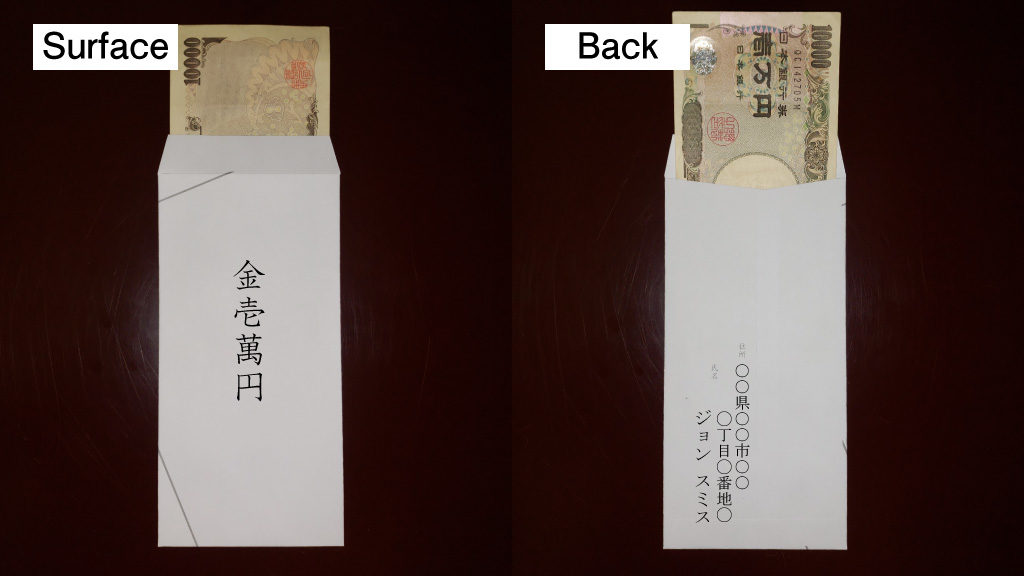
The figure on the bank note has to come into the inner envelope first face down neatly.
When there isn’t an inner envelope, you enclose the money in the envelope in the same manner.
Now, you can place the inner envelope in the ‘bushugi’ envelope making certain that the face of the inner envelope is facing up and not up-side-down. Then the ‘mizuhiki’ paper decorative string is replaced, making upper flap comes under the lower one, which is to pray that the sadness will flow away.
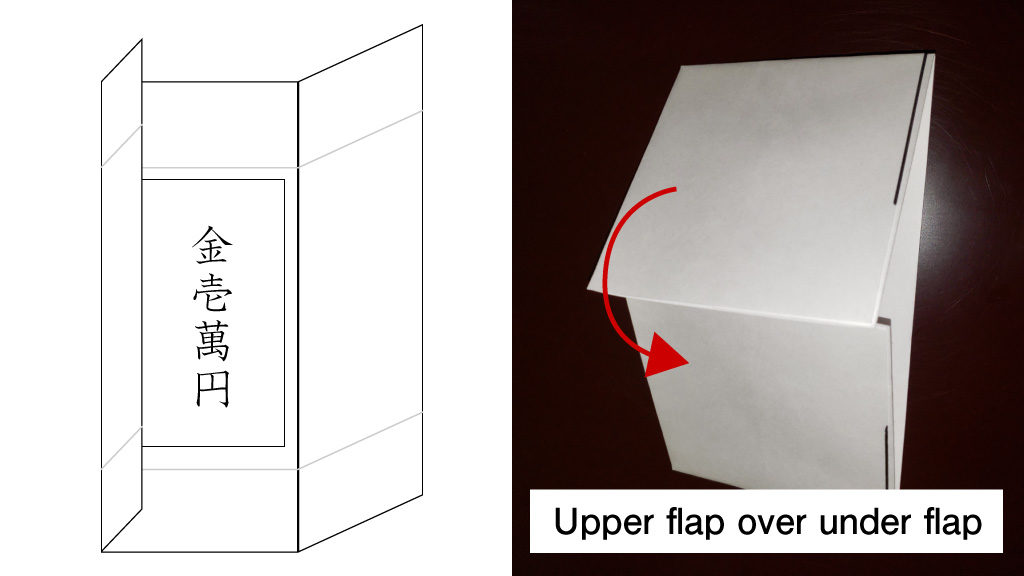
Bring it in ‘fukusa,’ a wrapping cloth
It’s good manner to wrap the ‘bushuugi-bukuro’ in ‘fukusa’, a wrapping cloth for funeral so that it will stay in shape and not to be bent. A small wrapping cloth, ‘furoshiki, or a handkerchief may be used but prepare a ‘fukusa’ if you can.
- How to Describe “Personal Requests” in your RIREKISHO – Documents required for job hunting 09
- How to Describe “Reason for Application” in your RIREKISHO – Documents required for job hunting 08
- How to Describe “License/Qualifications” in your RIREKISHO – Documents required for job hunting 07
- How to Describe “Academic History/Work History” in your RIREKISHO – Documents required for job hunting 06
- “Photograph” to affix to the “RIREKISHO” – Documents required for job hunting 05





